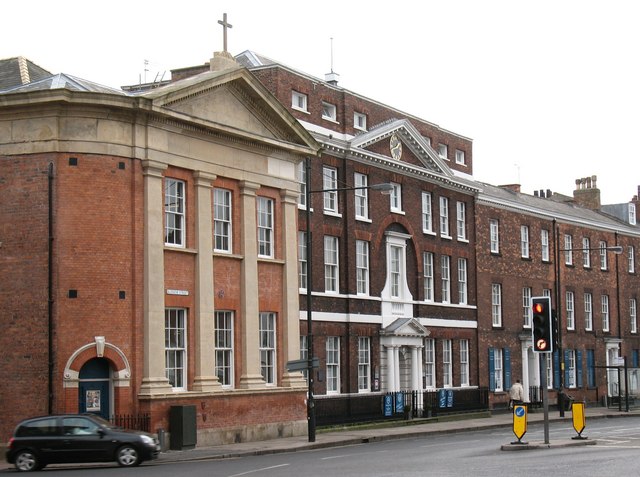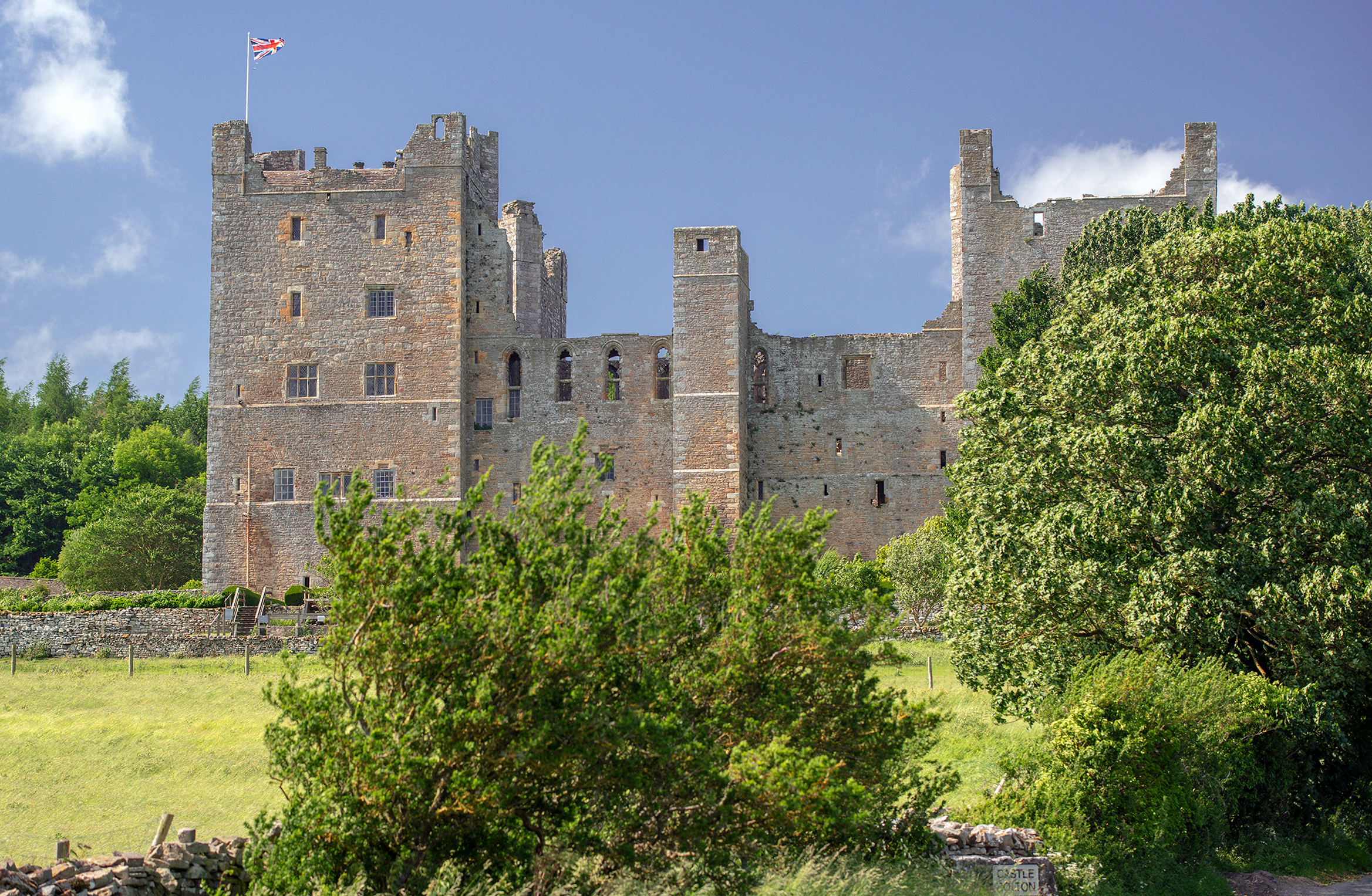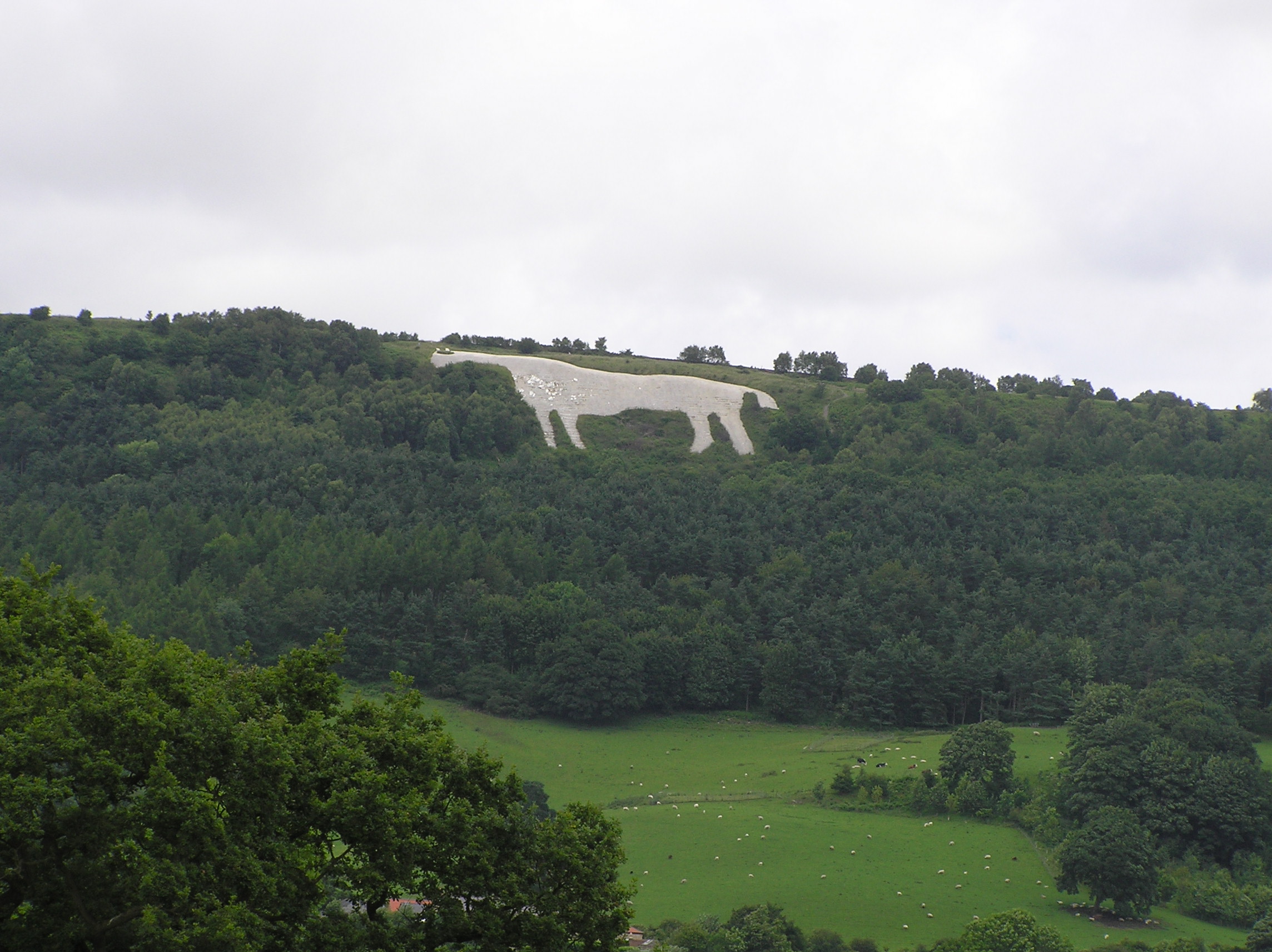|
List Of Museums In North Yorkshire
This list of museums in North Yorkshire, England contains museums which are defined for this context as institutions (including nonprofit organizations, government entities, and private businesses) that collect and care for objects of cultural, artistic, scientific, or historical interest and make their collections or related exhibits available for public viewing. Also included are non-profit art galleries and university art galleries. Museums that exist only in cyberspace (i.e., virtual museums) are not included. Defunct museums * Duncombe Park, Helmsley, house closed to the public in 2011, gardens open See also * :Tourist attractions in North Yorkshire References Yorkshire Moors and Coast- Tourism GuideHarrogate Museums [...More Info...] [...Related Items...] OR: [Wikipedia] [Google] [Baidu] |
North Yorkshire
North Yorkshire is the largest ceremonial counties of England, ceremonial county (lieutenancy area) in England, covering an area of . Around 40% of the county is covered by National parks of the United Kingdom, national parks, including most of the Yorkshire Dales and the North York Moors. It is one of four counties in England to hold the name Yorkshire; the three other counties are the East Riding of Yorkshire, South Yorkshire and West Yorkshire. North Yorkshire may also refer to a non-metropolitan county, which covers most of the ceremonial county's area () and population (a mid-2016 estimate by the Office for National Statistics, ONS of 602,300), and is administered by North Yorkshire County Council. The non-metropolitan county does not include four areas of the ceremonial county: the City of York, Middlesbrough, Redcar and Cleveland and the southern part of the Borough of Stockton-on-Tees, which are all administered by Unitary authorities of England, unitary authorities. ... [...More Info...] [...Related Items...] OR: [Wikipedia] [Google] [Baidu] |
Beck Isle Museum
The Beck Isle Museum of Rural Life is a social history museum in Pickering, North Yorkshire, England. The museum features period business displays including the shops of a barber, blacksmith, chemist, cobbler, cooper, printer, gentleman's draper, dairy, and hardware store. There is also a Victorian-era pub and parlour, and a historic costume gallery. Its collection is housed in a fine regency period Grade II* listed mansion with farm outbuildings. Among the collections are the photography and photographic equipment of Sydney Smith (1884–1958), noted photographer of Pickering.Gordon Clitheroe, ''Ryedale From Old Photographs'' (Amberley Publishing, 2013). Despite poor eyesight due to a childhood affliction with measles, Smith developed a love of photography, opening a photographic business in the 1900s and operating it with his wife, Maud, until World War I. Maud ran the shop while Smith fought in World War I World War I (28 July 1914 11 November 1918), ofte ... [...More Info...] [...Related Items...] OR: [Wikipedia] [Google] [Baidu] |
Bolton Castle
Bolton Castle is a 14th-century castle located in Wensleydale, Yorkshire, England (). The nearby village of Castle Bolton takes its name from the castle. The castle is a Grade I listed building and a Scheduled Ancient Monument. The castle was damaged in the English Civil War, and “slighted” afterwards, but much of it survived. It has never been sold and is still in the ownership of the descendants of the Scrope family. History The castle was built between 1378 and 1399 by Richard, 1st Baron Scrope of Bolton, and is an example of a quadrangular castle. The licence to build it was granted in July 1379 and a contract with the mason John Lewyn was made in September 1378. Construction was reputed to cost 18,000 Marks. The 16th-century writer John Leland described 'An Astronomical Clock' in the courtyard and how smoke was conveyed from the hearth in the hall through tunnels. Bolton Castle was described by Sir Francis Knollys as having 'The highest walls of any house he had seen' ... [...More Info...] [...Related Items...] OR: [Wikipedia] [Google] [Baidu] |
National Portrait Gallery (London)
The National Portrait Gallery (NPG) is an art gallery in London housing a collection of portraits of historically important and famous British people. It was arguably the first national public gallery dedicated to portraits in the world when it opened in 1856. The gallery moved in 1896 to its current site at St Martin's Place, off Trafalgar Square, and adjoining the National Gallery (London), National Gallery. It has been expanded twice since then. The National Portrait Gallery also has regional outposts at Beningbrough Hall in Yorkshire and Montacute House in Somerset. It is unconnected to the Scottish National Portrait Gallery in Edinburgh, with which its remit overlaps. The gallery is a non-departmental public body sponsored by the Department for Digital, Culture, Media and Sport. Collection The gallery houses portraits of historically important and famous British people, selected on the basis of the significance of the sitter, not that of the artist. The collection includes ... [...More Info...] [...Related Items...] OR: [Wikipedia] [Google] [Baidu] |
National Trust For Places Of Historic Interest Or Natural Beauty
The National Trust, formally the National Trust for Places of Historic Interest or Natural Beauty, is a charity and membership organisation for heritage conservation in England, Wales and Northern Ireland. In Scotland, there is a separate and independent National Trust for Scotland. The Trust was founded in 1895 by Octavia Hill, Sir Robert Hunter and Hardwicke Rawnsley to "promote the permanent preservation for the benefit of the Nation of lands and tenements (including buildings) of beauty or historic interest". It was given statutory powers, starting with the National Trust Act 1907. Historically, the Trust acquired land by gift and sometimes by public subscription and appeal, but after World War II the loss of country houses resulted in many such properties being acquired either by gift from the former owners or through the National Land Fund. Country houses and estates still make up a significant part of its holdings, but it is also known for its protection of wild lands ... [...More Info...] [...Related Items...] OR: [Wikipedia] [Google] [Baidu] |
Beningbrough
Beningbrough is a village and civil parish in the Hambleton district of North Yorkshire, England. The population as taken at the 2011 Census was less than 100. Details are included in the civil parish of Shipton, North Yorkshire. Beningbrough village is north-west from York city centre. The parish, which includes Beningbrough Hall and Park, is bordered at the south-west by the River Ouse, beyond which is the district of Harrogate. According to the 2001 Census, parish population was 55. Beningbrough is within the ecclesiastical parish of Shipton with Overton. The parish church of Holy Evangelists is at Shipton by Beningbrough Shipton (also known as Shipton-by-Beningbrough) is a village and civil parish in the Hambleton district of North Yorkshire, England, about north-west of York. History The village was in existence at the time of the Norman invasion, as shown .... Beningbrough is listed in the 1086 ''Domesday Book'' as "Benniburg", meaning a "stronghold associat ... [...More Info...] [...Related Items...] OR: [Wikipedia] [Google] [Baidu] |
Beningbrough Hall1
Beningbrough is a village and civil parish in the Hambleton district of North Yorkshire, England. The population as taken at the 2011 Census was less than 100. Details are included in the civil parish of Shipton, North Yorkshire. Beningbrough village is north-west from York city centre. The parish, which includes Beningbrough Hall and Park, is bordered at the south-west by the River Ouse, beyond which is the district of Harrogate. According to the 2001 Census, parish population was 55. Beningbrough is within the ecclesiastical parish of Shipton with Overton. The parish church of Holy Evangelists is at Shipton by Beningbrough. Beningbrough is listed in the 1086 '' Domesday Book'' as "Benniburg", meaning a "stronghold associated with a man called 'Beonna'", being an Old English person name. At the time of the Norman Conquest, Beningbrough was in the Bulford Hundred of the North Riding of Yorkshire. The settlement contained five households and five villagers, with ... [...More Info...] [...Related Items...] OR: [Wikipedia] [Google] [Baidu] |
Beningbrough Hall
Beningbrough Hall is a large Georgian mansion near the village of Beningbrough, North Yorkshire, England, and overlooks the River Ouse. It has baroque interiors, cantilevered stairs, wood carving and central corridors which run the length of the house. Externally the house is a red-brick Georgian mansion with a grand drive running to the main frontage and a walled garden, The house is home to more than 100 portraits on loan from the National Portrait Gallery. It has a restaurant, shop and garden shop, and was shortlisted in 2010 for the Guardian Family Friendly Museum Award. The Hall is set in extensive grounds and is separated from them by an example of a ha-ha (a sunken wall) to prevent sheep and cattle entering the Hall's gardens or the Hall itself. History Beningbrough Hall, situated north-west of York, was built in 1716 by a York landowner, John Bourchier III to replace his family's modest Elizabethan manor, which had been built in 1556 by Sir Ralph Bourchier on his in ... [...More Info...] [...Related Items...] OR: [Wikipedia] [Google] [Baidu] |
Bedale Hall
Bedale Hall is a Grade I listed Palladian-style country house in the town of Bedale, North Yorkshire North Yorkshire is the largest ceremonial counties of England, ceremonial county (lieutenancy area) in England, covering an area of . Around 40% of the county is covered by National parks of the United Kingdom, national parks, including most of ..., England. It is a large two-storey house constructed of brick and ashlar with a stone slate roof. It is in parkland at the north end of Bedale, off the Leyburn road. History The estate in which Bedale Hall sits was purchased in 1638 by John Peirse from the family of Sir Richard Theakston. A manor house, later incorporated into the present building, was built around the 17th century on the site. Expansion of the building to create the current Palladian mansion was commenced in 1730 by Henry Peirse, primarily by infilling between the wings of the existing house. The hall then remained unchanged until about 1760, when a new wing was ... [...More Info...] [...Related Items...] OR: [Wikipedia] [Google] [Baidu] |
Hambleton District
Hambleton is a local government district in North Yorkshire, England. The administrative centre is Northallerton, and the district includes the outlying towns and villages of Bedale, Thirsk, Great Ayton, Stokesley, and Easingwold. The district was formed by the Local Government Act 1972 on 1 April 1974, as a merger of Northallerton Urban District, Bedale Rural District, Easingwold Rural District, Northallerton Rural District, and parts of Thirsk Rural District, Stokesley Rural District and Croft Rural District, all in the North Riding of Yorkshire. Geography Hambleton covers an area of 1,311.17 km² most of which, 1,254.90 km², is green space. The district is named after the Hambleton Hills, part of the North York Moors National Park, on the eastern edge of the district. This area is the subject of a national habitat protection scheme as articulated in the United Kingdom's Biodiversity Action Plan. About 75% of the district lies in the Vales of Mowbray and of ... [...More Info...] [...Related Items...] OR: [Wikipedia] [Google] [Baidu] |
Bedale
Bedale ( ) is a market town and civil parish in the district of Hambleton, North Yorkshire, England. Historically part of the North Riding of Yorkshire, it is north of Leeds, south-west of Middlesbrough and south-west of the county town of Northallerton. It was originally in Richmondshire and listed in ''Domesday Book'' as part of Catterick wapentake, which was also known as Hangshire (named after Hang Bank in Finghall; it was split again and Bedale remained in East Hang. Bedale Beck is a tributary of the River Swale, which forms one of the Yorkshire Dales, with its predominance of agriculture and its related small traditional trades, although tourism is increasingly important. History Before the Harrying of the North Bedale was held by Torpin (Thorfinn), a patronym retained by the infamous Dick Turpin. The parish church also dates from this time (as evidenced by its crypt), before significant remodelling. The original 9th century church escaped destruction in the Ha ... [...More Info...] [...Related Items...] OR: [Wikipedia] [Google] [Baidu] |
Bedale Hall - Geograph
Bedale ( ) is a market town and civil parish in the district of Hambleton, North Yorkshire, England. Historically part of the North Riding of Yorkshire, it is north of Leeds, south-west of Middlesbrough and south-west of the county town of Northallerton. It was originally in Richmondshire and listed in ''Domesday Book'' as part of Catterick wapentake, which was also known as Hangshire (named after Hang Bank in Finghall; it was split again and Bedale remained in East Hang. Bedale Beck is a tributary of the River Swale, which forms one of the Yorkshire Dales, with its predominance of agriculture and its related small traditional trades, although tourism is increasingly important. History Before the Harrying of the North Bedale was held by Torpin (Thorfinn), a patronym retained by the infamous Dick Turpin. The parish church also dates from this time (as evidenced by its crypt), before significant remodelling. The original 9th century church escaped destruction in the Harry ... [...More Info...] [...Related Items...] OR: [Wikipedia] [Google] [Baidu] |








